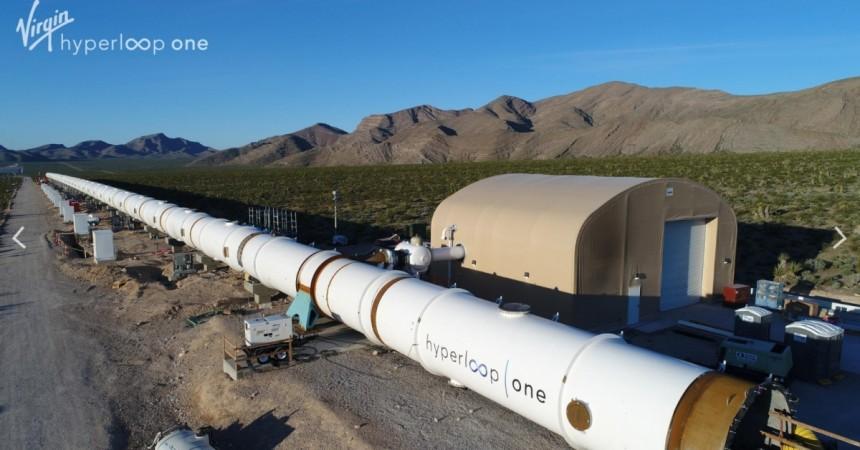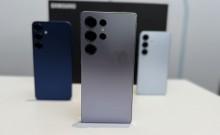
Hyperloop is the buzzword in India at the moment with Richard Branson-backed Virgin Hyperloop One signing a Framework Agreement with Maharashtra government to build a hyperloop transportation system between Mumbai and Pune. There is so much hype around it because once operational, the technology will enable the people to travel between the cities in just 25 minutes against the usual travel time of three hours.
The Andhra Pradesh Economic Development Board (APEDB) had also signed a Memorandum of Understanding (MoU) with Hyperloop Transportation Technologies (HTT) in 2017 for the development of Hyperloop Transportation System between Vijayawada and Amaravati but we haven't heard of further developments on the project.
Read on to know the technology behind hyperloop.

What is a hyperloop?
Hyperloop Transportation System, also called the 5th mode of transportation, is touted as the future of transport as it aims at moving freight and people to the destination in the quickest possible time. It is a technology that uses capsules to carry people and things in a low-pressure tube that will be propelled by electromagnetic motors.
Once operational, Hyperloop is expected to travel at a speed as high as 760 mph (1223.1 km/h), consuming very low energy. In other words, it can travel two to three times faster than the fastest high-speed rail. Besides this, the Hyperloop is designed to ensure that it is not affected by weather and earthquakes.

How does hyperloop work?
People will travel in capsules that move in tube tracks filled with low-pressure air. The capsules will be propelled by two electromagnetic motors and a compressor fan in the front will redirect the air to the back. But most air will be sent to the air bearings, which will levitate the capsules inside the tube, thus avoiding friction.
According to Hyperloop One, "Passengers or cargo are loaded into the Hyperloop vehicle and accelerate gradually via electric propulsion through a low-pressure tube. The vehicle floats above the track using magnetic levitation and glides at airline speeds for long distances due to ultra-low aerodynamic drag."
"Capsules are powered by a linear induction motor, an electromagnetic propulsion, and embedded rechargeable batteries. As a result, the system is silent and emission-free," according to Hyperloop Transportation Technologies (HTT).









